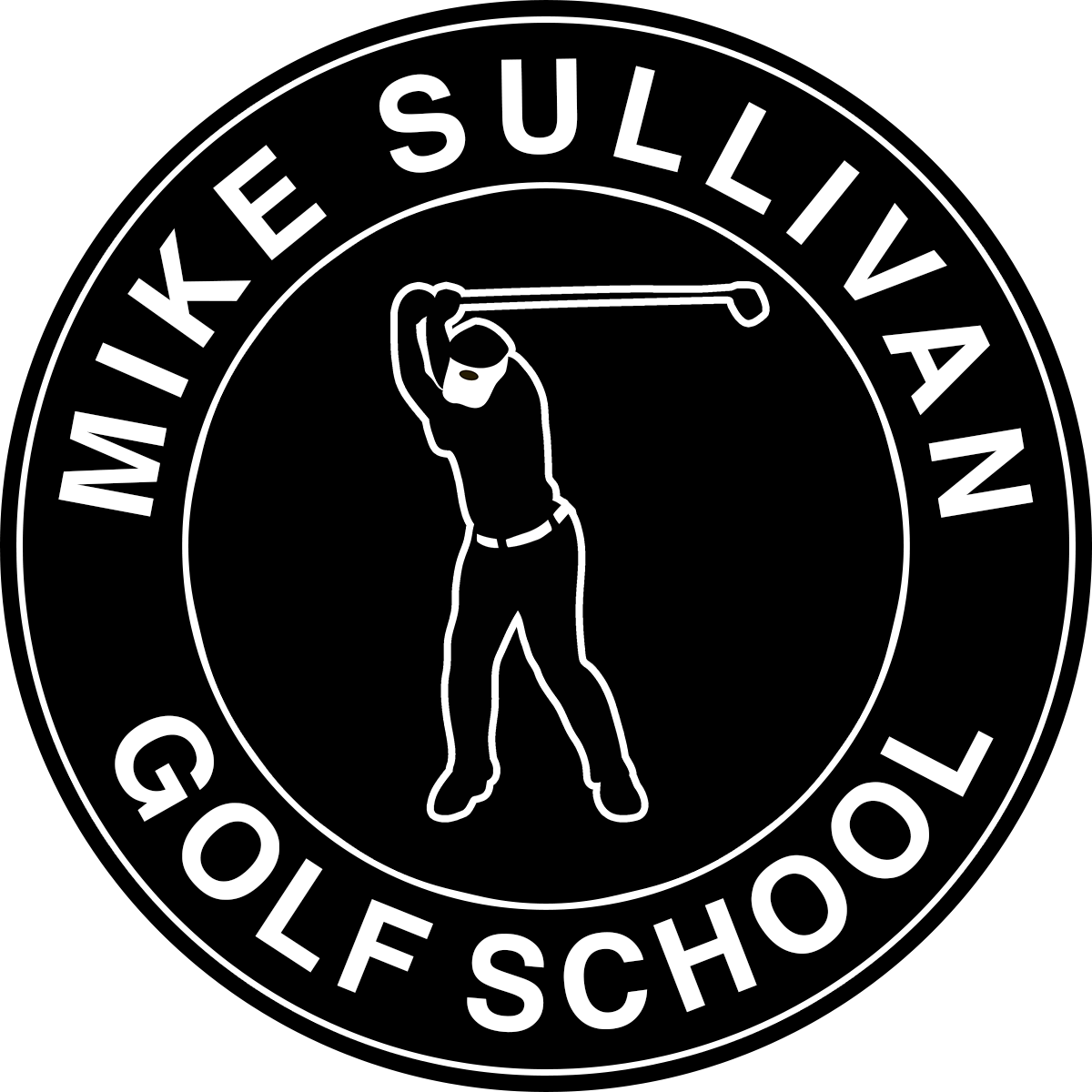Here’s an easy way to get a sense of what a square club face feels like and how to get back to it every time.
To start this, set up to your ball and take the club back so that it’s parallel to the ground AND parallel to the target line. When you do this, what you should see is that the club face angle should match relatively closely to the angle of your spine.
Now, if you were to set up with your club parallel to the ground, you should see that the club face is perfectly vertical and still matches the same angle as your spine.
When you move around in this position, your spine should actually match the club face if everything else stays the same and this is a great reference point to understanding squaring the club face.
We actually want to try to keep the club face square to the arc of our swing. Which means that we really don’t have to “control” the club face much, just allowing it to move along with the centripetal force. In order to get a good feel for your club face being square to your arc, think of your club face matching the angle of your spine throughout the swing.















